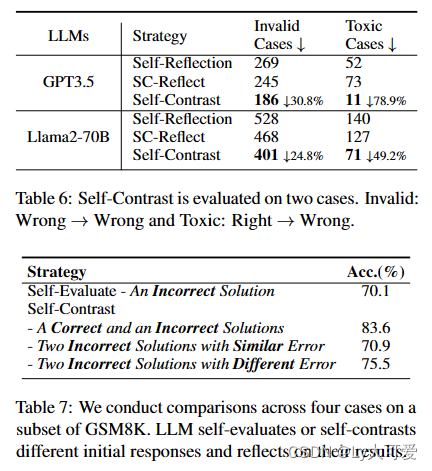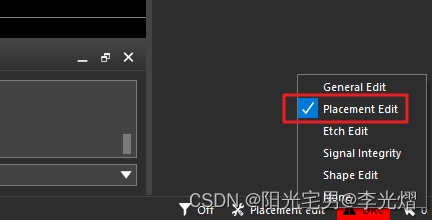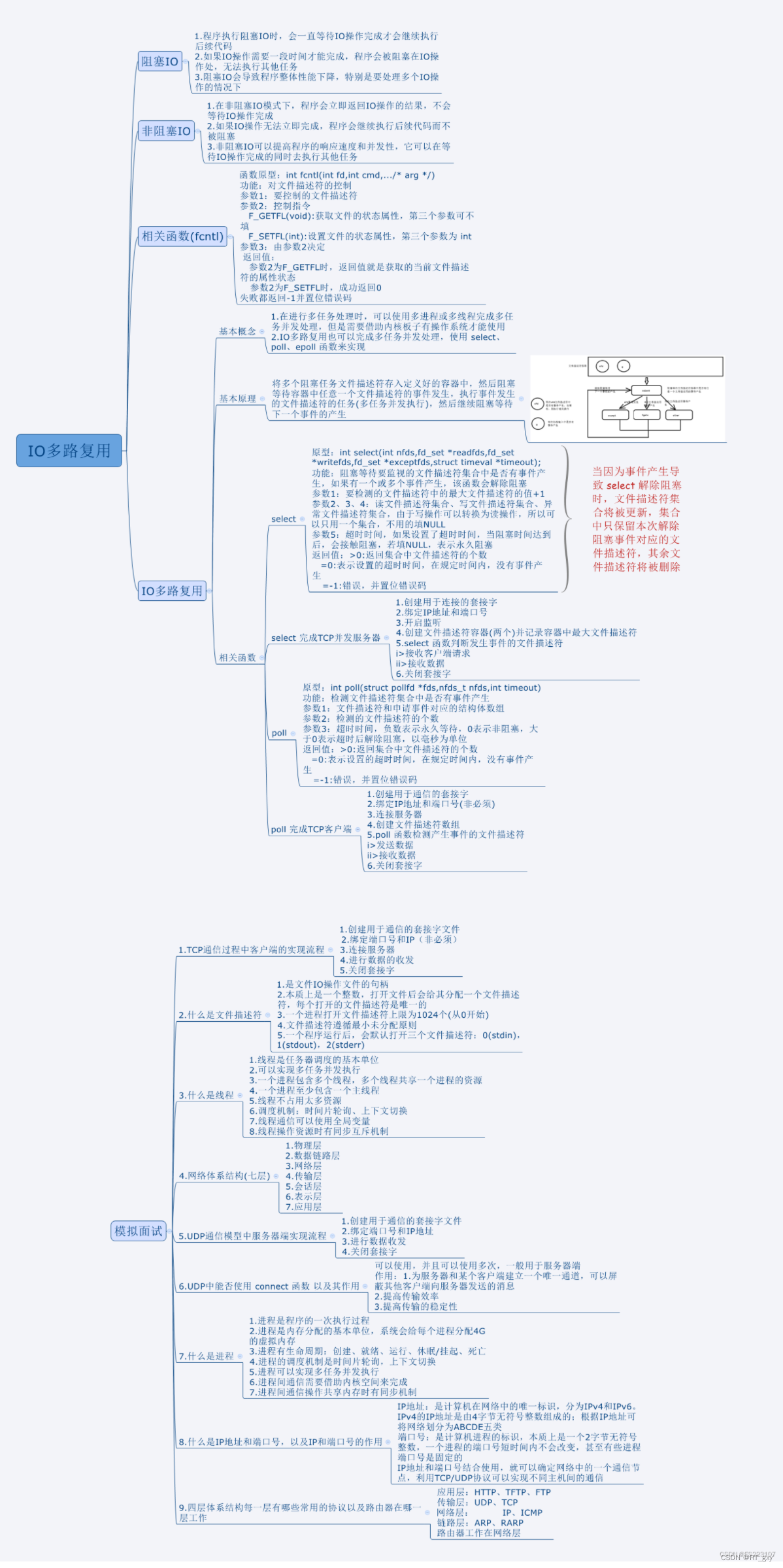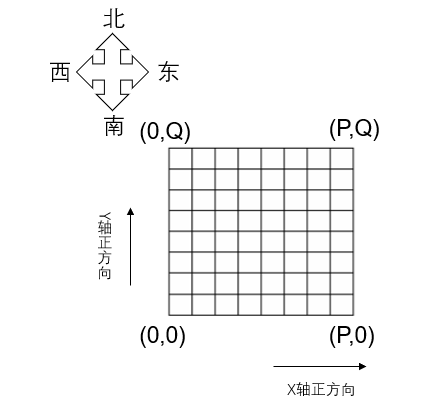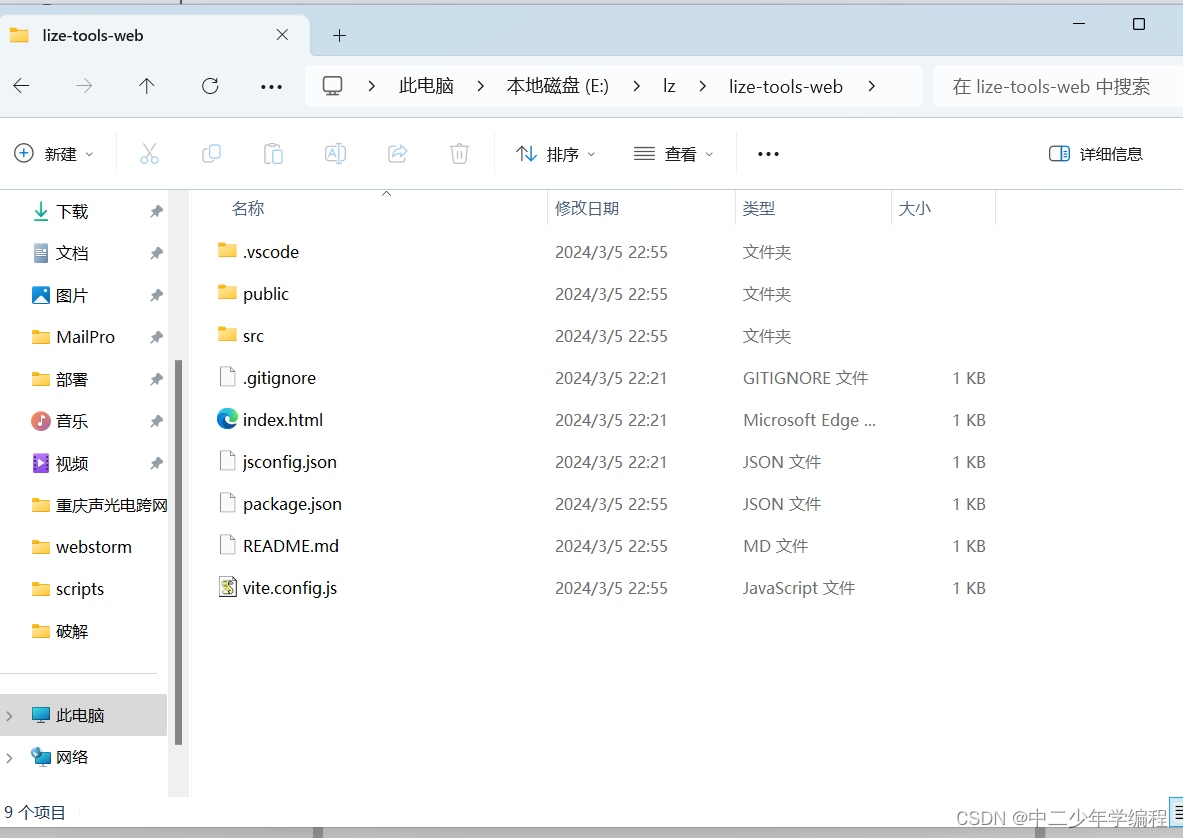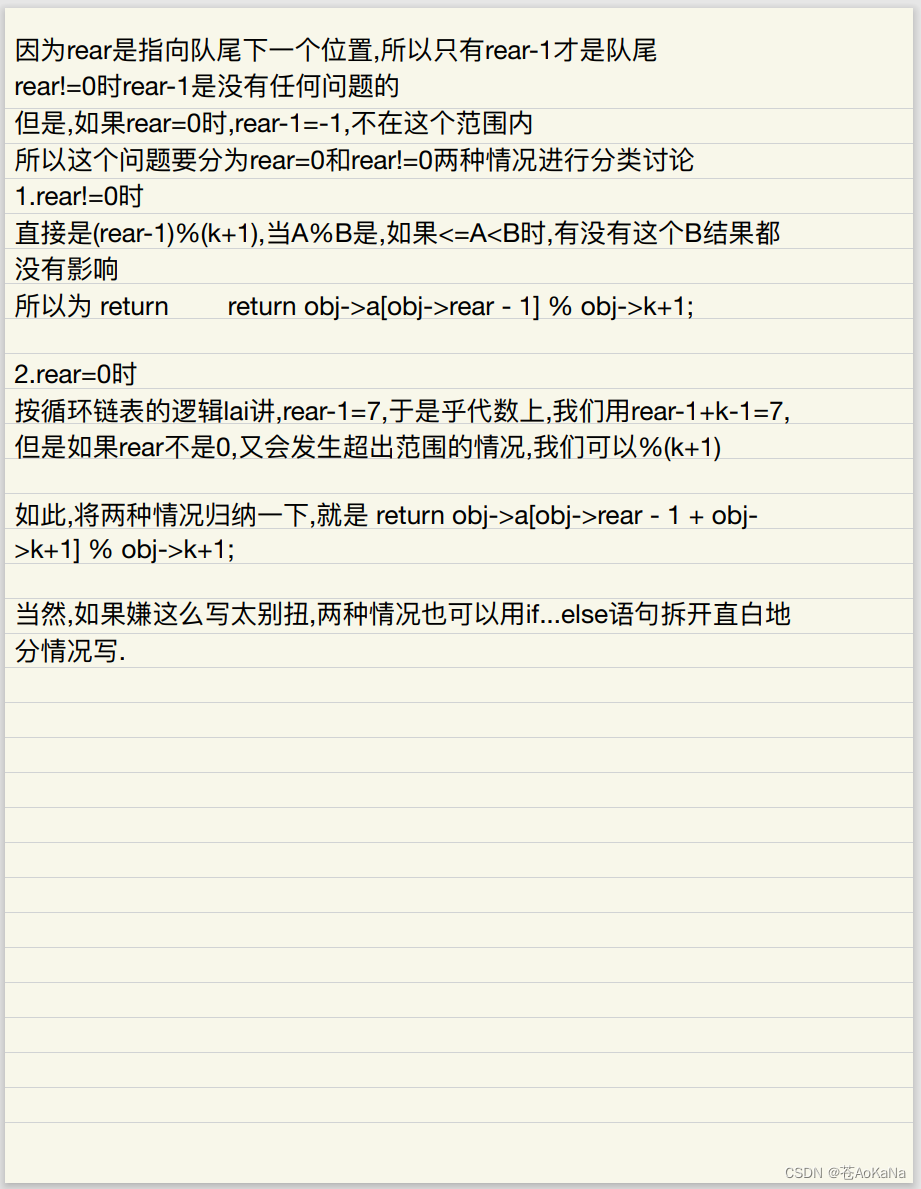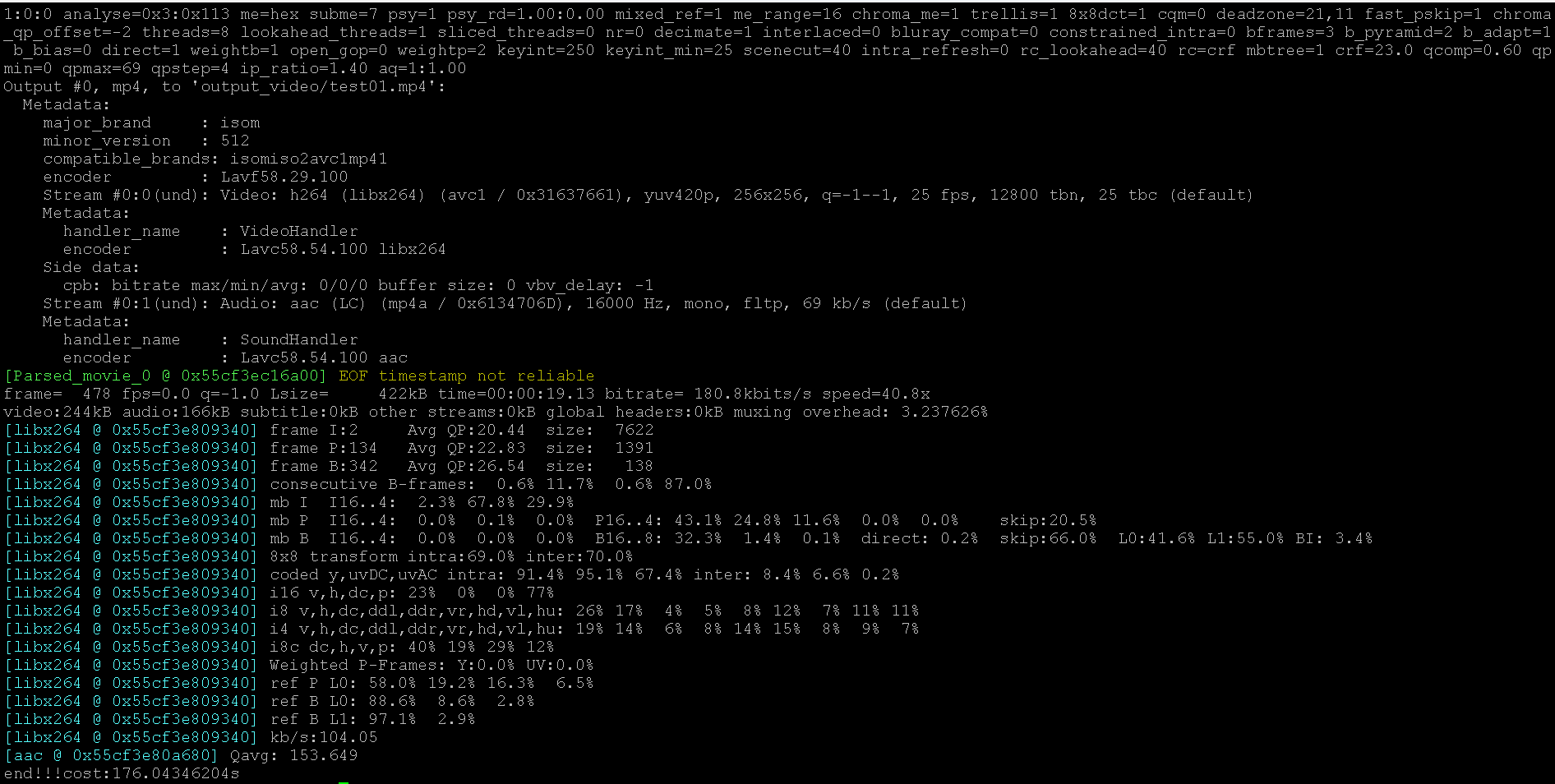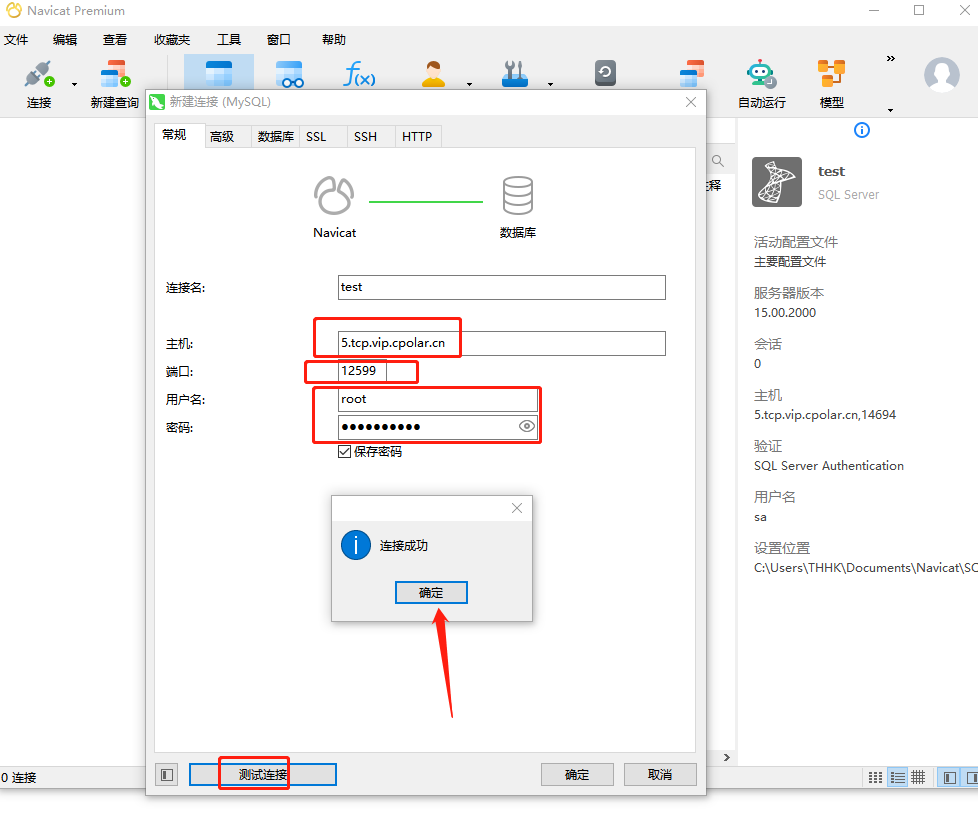Igraph入门指南
一、图的结构
图是顶点和边的集合,而边是通过顶点来描述。顶点和边,要用集合的理念去操作。
1、igraph中与图结构相关的函数
+.igraph(),
add_edges(), add_vertices(),
complementer(),compose(), connect(), contract(),
delete_edges(), delete_vertices(),
difference(), difference.igraph(),
disjoint_union(),
edge(),
igraph-minus, intersection(), intersection.igraph(),
path(),
permute(),
rep.igraph(), reverse_edges(),
simplify(), union(), union.igraph(),
vertex()
2、图的基本要素——顶点(vertex)
2-1 检索顶点序列:V(g)函数
V(g)得到图的顶点序列。这个顶点序列通常用作igraph其他函数的参数,用于指代图的顶点。顶点序列被限定到具体图的特定顶点,一个图的V(g)不能与另一个图一起使用。
在实现级别上,顶点序列只是一个包含数字顶点id的向量,但它有一个特殊的类属性,可以对其执行特定于图的操作,例如基于图结构或顶点属性选择顶点的子集。
# 未名图的顶点id
> g <- make_ring(10)
> V(g)
+ 10/10 vertices, from d684cd6:
[1] 1 2 3 4 5 6 7 8 9 10
# 命名图的顶点id
> g <- make_ring(10) %>% set_vertex_attr('name',value=letters[1:10])
> V(g)
+ 10/10 vertices, named, from 2f141f4:
[1] a b c d e f g h i j
# 注意,命名图的名只能用'name',用'label'不会给图的顶点命名
> g <- make_ring(10) %>% set_vertex_attr('label',value=letters[1:10])
> V(g)
+ 10/10 vertices, from 935689e:
[1] 1 2 3 4 5 6 7 8 9 10
顶点序列通常由V(g)函数创建。这样做的结果包括按顶点id递增顺序排列的所有顶点。顶点序列可以通过数字向量进行索引,就像其他R向量一样。
用V(g)可以查询或设置图顶点的所有属性,在实际操作中,可以把V(g)的结果当作一个对象,与图顶点相关的属性是这个对象的属性(也就是变量),可以通过V(g)$attrib的语法来访问和设置这些顶点属性,这与面向对象编程的语法也是相似的。
> V(g)[3:5]
+ 3/10 vertices, from 935689e:
[1] 3 4 5
> V(g)[3:5]$color <- 'red'
> plot(g)

顶点序列可以像普通的数字R向量一样进行索引,但需要一些额外的功能。
2-2 V(g)的二次检索:[] & [[]]函数(igraph-vs-indexing)
在igraph中,顶点序列可以使用单方括号和双双括号运算符进行索引,并且它们的工作方式相同。它们之间唯一的区别是双方括号操作符会标记打印顶点属性的结果。
方括号中的索引共有正数向量、负数向量、逻辑向量、字符向量四种模式:
-
用正数向量进行索引时,会选择序列中给定位置的顶点。
-
用负数值向量进行索引时,序列中给定位置的顶点将被省略。
-
用逻辑向量进行索引时,顶点序列的长度和索引必须匹配,并选择索引为TRUE的顶点。
-
命名图可以使用字符向量进行索引,以选择具有给定名称的顶点。
在命名图中,可以用V(g)[name=="foo"](等价于V(g)[V(g)$name=="foo"]的语法索引图的顶点,假如当前环境中有一个变量的名字也叫 foo, igraph会优先引用顶点名,如果想引用变量,需要用V(g)[.env$foo]
# 顶点名优先
> V(g)[.env$soo]$color <- 'orange'
> plot(g)
> foo <- 'pee'
> g <- make_ring(3) %>% set_vertex_attr('name',value=c('foo','pee','duu'))
> V(g)[name=='foo']$color <- 'red'
> plot(g)
# 引用环境中的变量需要加前缀.env$
> V(g)[.env$soo]$color <- 'orange'
> plot(g)

方括号中可以使用表达式,igraph并提供了几个专用函数
.nei:邻居,将顶点序列作为其参数,并选择这些顶点的邻居。如果是有向图,还可以通过mode=“out”或mode=”in“来设置邻居的模式。
> g <- make_graph(c(1, 2, 2, 3, 2, 4, 4, 2,5,6))
> plot(g)
> V(g)[.nei(c(2, 5))]
+ 4/6 vertices, from 7205bdc:
[1] 1 3 4 6
> V(g)[.nei(c(2, 4), "in")]
+ 3/6 vertices, from 7205bdc:
[1] 1 2 4
> V(g)[.nei(c(2, 5), "in")]
+ 2/6 vertices, from 7205bdc:
[1] 1 4
> V(g)[.nei(c(2, 5), "out")]
+ 3/6 vertices, from 7205bdc:
[1] 3 4 6

前面说过,顶点的属性可以视为对象的属性(变量),所以也可以用这些属性的值来检索顶点
g <- make_graph(~ A -+ B, B -+ C:D, D -+ B)
V(g)$color <- c("red", "red", "green", "green")
V(g)[color == "red"]
+ 2/4 vertices, named, from e0ac217:
[1] A B
注意[与[[的区别,[[可以打印顶点的所有属性
> g <- make_ring(10) %>%
+ set_vertex_attr('name',value=letters[1:10]) %>%
+ set_vertex_attr('color',value='red')
V(g)
+ 10/10 vertices, named, from 8ea2563:
[1] a b c d e f g h i j
> V(g)[]
+ 10/10 vertices, named, from 8ea2563:
[1] a b c d e f g h i j
> V(g)[[]]
+ 10/10 vertices, named, from 8ea2563:
name color
1 a red
2 b red
3 c red
4 d red
5 e red
2-3 显示全部或指定顶点的属性:vertex_attr函数
函数参数可以提供属性的名称,如果不提供该参数,则打印所有属性
可以通过指定顶点的索引号来限制显示的具体内容
> vertex_attr(g)
$name
[1] "a" "b" "c" "d" "e" "f" "g" "h" "i" "j"
$color
[1] "red" "red" "red" "red" "red" "red" "red" "red" "red" "red"
> vertex_attr(g,'color')
[1] "red" "red" "red" "red" "red" "red" "red" "red" "red" "red"
> vertex_attr(g,'name',4:7)
[1] "d" "e" "f" "g"
2-4 只显示顶点属性名:vertex_attr_names函数
> vertex_attr_names(g)
[1] "name" "color"
2-5 设置指定顶点的属性:vertex_attr <-函数,单独使用,每次调用可以同时设置多个属性
q <- make_ring(10)
vertex_attr(q)<-list('label'=LETTERS[1:10],
'color'=rep('red',gorder(g)))
本函数有两个坑:
一是需要用list()包裹各个属性;
二是属性值必须是gorder(g)长度的向量,如果是单一值,比如color='red',需要用rep()函数来确保向量长度符合要求
本函数与set_vertex_attr()对比:
从帮助文件示例看,set_vertex_attr()用在图创建过程中,可以接在make_函数后面,而本函数却是独立成行,不能用在make_函数后面,因为本函数带有赋值函数<-,自然无法用在管道函数中间
2-6 设置指定顶点的属性:with_vertex_函数,在管道函数中使用,每次调用可以同时设置多个属性
用于添加顶点属性的构造函数修饰符
与vertex_attr <-相比:
一是不需要list()
二是两者设置顶点属性都用‘名=值’的形式
三是本函数中的属性值不必须具备固定长度
四是本函数中的属性名不能加引号
五是本函数似乎只能用在make_内
六是本函数用在管道函数中,得到的对象是igraph_constructor_modifier
> make_(ring(10),
+ with_vertex_(
+ color='red',
+ weight=3,
+ name=letters[1:10]
+ )) %>%vertex_attr()
$color
[1] "red" "red" "red" "red" "red" "red" "red" "red" "red" "red"
$weight
[1] 3 3 3 3 3 3 3 3 3 3
$name
[1] "a" "b" "c" "d" "e" "f" "g" "h" "i" "j"
2-7 设置顶点属性:set_vertex_attr函数,在管道函数中使用,每次调用只能设置一个属性
> g <- make_ring(10) %>%
+ set_vertex_attr('name',value=letters[1:10]) %>%
+ set_vertex_attr('color',value='red')
2-8 设置顶点属性:语法糖V(g)$,每次调用只能设置一个属性
> V(g)$weight <- 3
> V(g)[[]]
+ 10/10 vertices, named, from 8ea2563:
name color weight
1 a red 3
2 b red 3
3 c red 3
4 d red 3
